History lovers certainly know about the Epic of Gilgamesh, the Mesopotamian epic poem. The Epic was recorded on 12 tablets, but two-thirds of the tablets have been recovered.
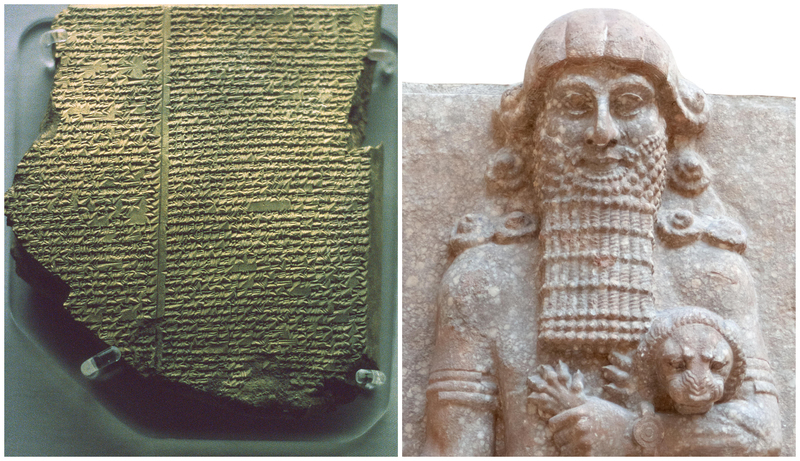
It tells the story of Gilgamesh on his journey to find eternal life, along the way he is told a story of the Great Flood. The flood in Gilgamesh’s story is oddly similar to the story of Noah’s ark.
Finding The Ark
According to the story in Genesis, after the worldwide flood, Noah’s ark came to rest on the ‘mountains of Ararat’ in modern-day Turkey.

Could it possibly be that centuries later, scientists have finally unveiled new evidence about what really happened?
Come In Pairs
According to biblical scrips, not only did God tell Noah to bring members of his family on board, but he was also instructed to bring along other things that would be essential to repopulate the earth.
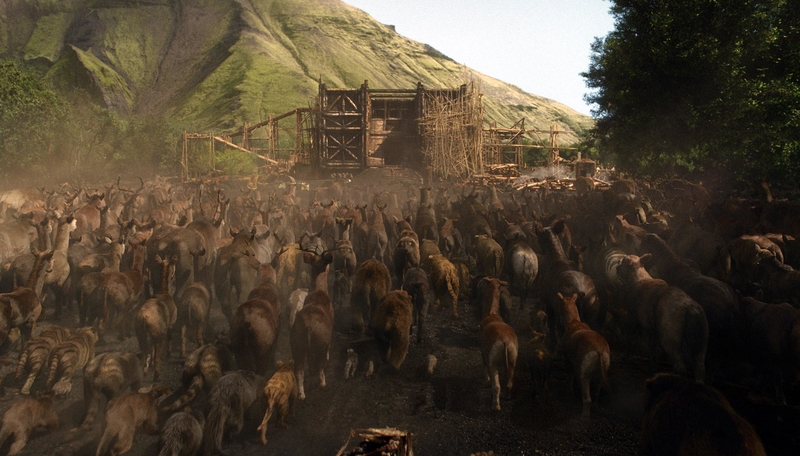
Included sample groups of different animal species, that would be released to roam free after the flood.
Surviving The Storm
In order to survive the storm, God instructed Noah to build a massive ark, like never seen before. He was given the exact material and dimensions that would be required to build such a ship.
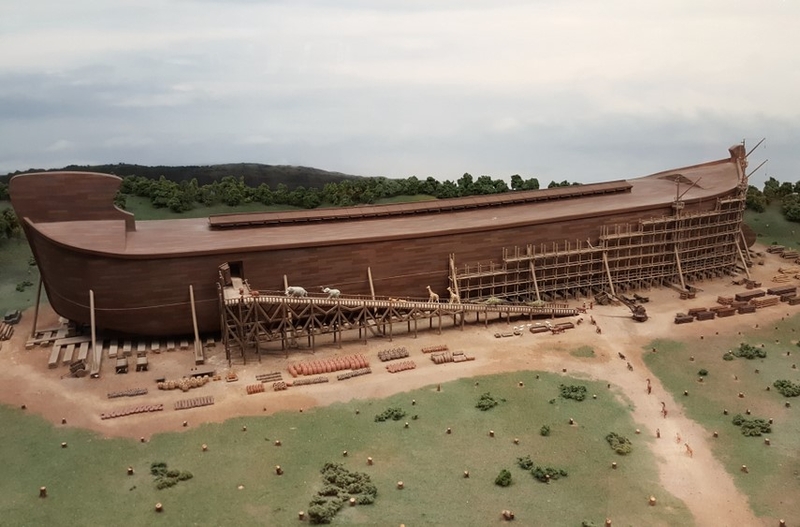
The dimensions were "300 cubits long, 50 cubits wide, and 30 cubits tall," which is equivalent to 450 x 75 x 45 ft, not to mention it was 3 stories high.
Non-stop Research
A Hong Kong-based group called Noah’s Ark Ministries International (NAMI ) are devoted to digging up all evidence they can find regarding Noah’s Ark.

While many experts don't take NAMI's findings, seriously, there are some that believe that they may be on to something. One "ark hunter" believes that they might have finally uncovered the key to the ark’s last known location.
Fiction or Non-Fiction
As exciting as these findings may be, most of their past findings, and others before them, have been debunked.
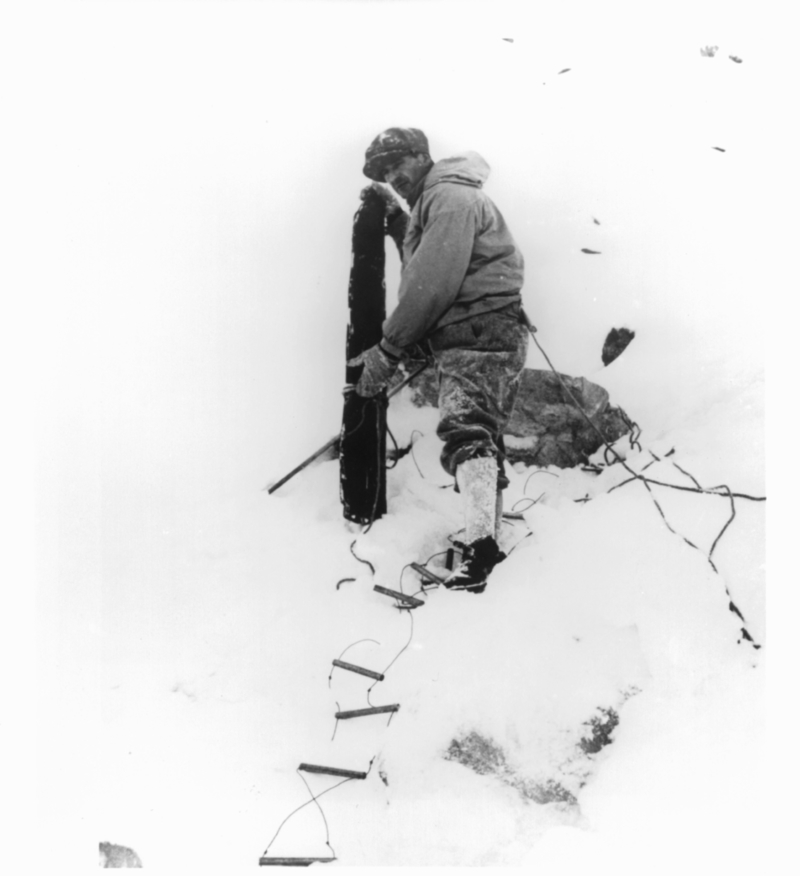
Like in 1955, when a French explorer reported that he found a five-foot wood beam beneath a glacier on Mount Ararat. While it was verified that the wood beam was about 5,000 years old, the explorer eventually admitted that he brought it from a nearby village.
The Syrians Have a Different Theory
While most experts on the matter agree on the general location of the ark, the Syrian tradition differs from the story told by Josephus. The Syrians believe that the ark actually landed on Mount Judi.
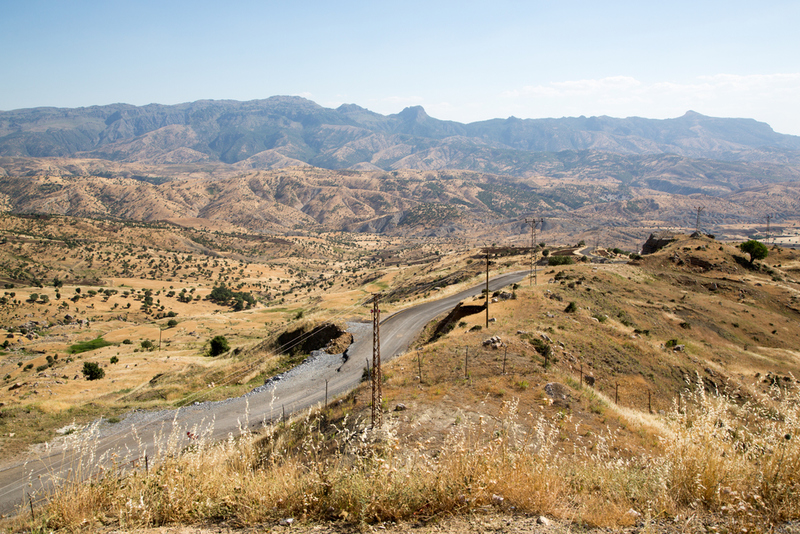
In fact, early Christian and Islamic traditions call Mount Judi the ‘Place of Descent,’ and Josephus said that the ark’s remains were displayed at the ‘Place of Descent’ by Armenians in the 1st century, about 60 miles southeast of Mount Ararat.
Conflicting Reports
Dr. Andrew Snelling, Ph.D. of the University of Sydney, and a young-Earth creationist is another expert who doesn't believe that the ark docked on Mount Ararat.

Dr. Snelling says that it is very unlikely for it to have landed there, considering that Mount Ararat formed years after the flood.
What Did This Masterpiece Look Like?
Early theologians like Origen and Augustine are believed to have a clearer idea of what Noah’s Ark may have looked like.
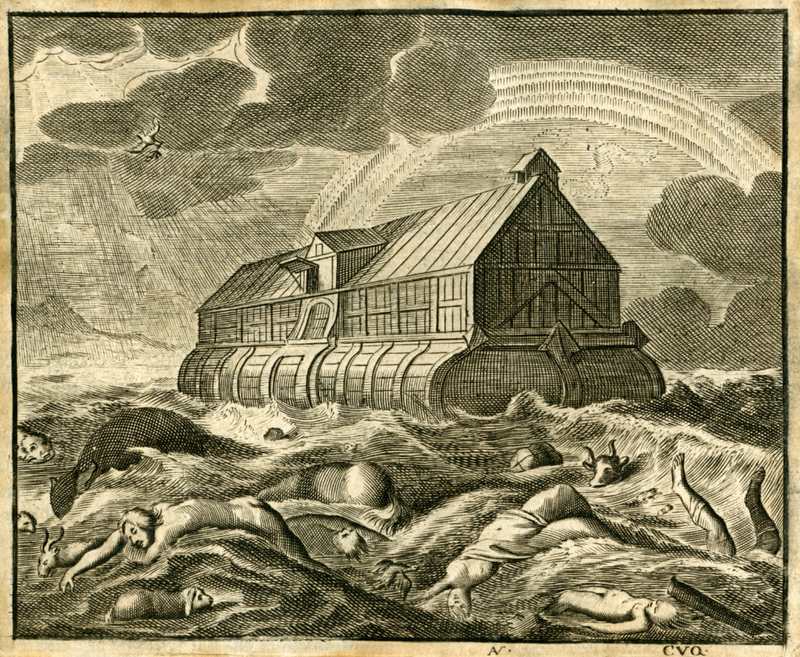
Catholic Theologian, Alfonso Tostada wrote an account in the 15th century describing every single detail about the ark, and a century later, French mathematician, Johannes Buteo aimed to lay out the ark’s dimensions, which many contemporary scholars subscribed to.
Ziusudra
Out of all the Mesopotamian flood stories, yes, there are a few, the one that stands out the most is the oldest one coined the Sumerian Flood Story that dates back to 1600 BCE.
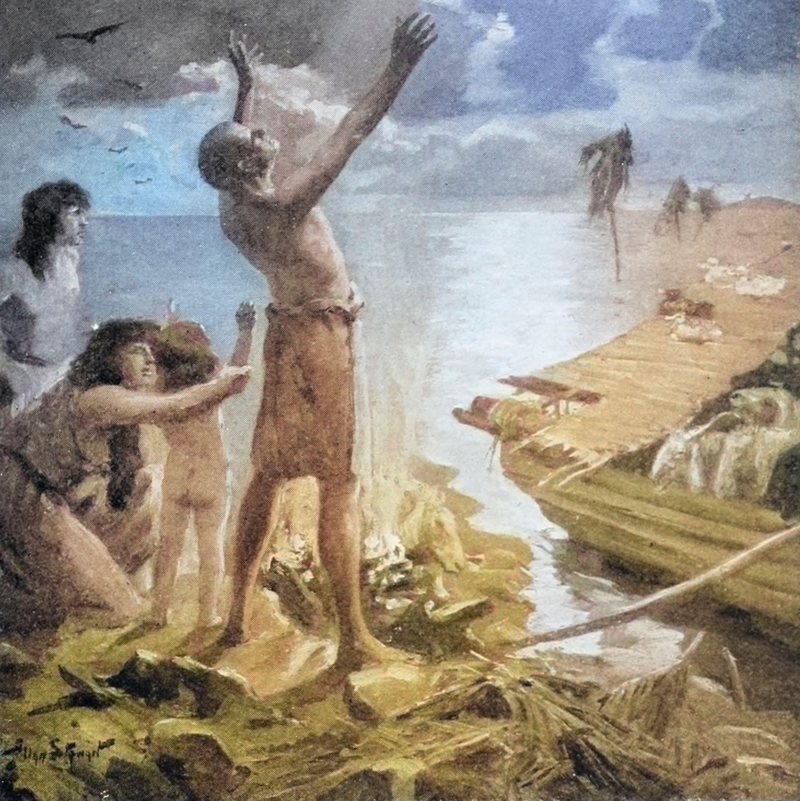
The hero of this version is King Ziusudra, who builds a boat and tries to save the innocent after the gods decide to destroy the world, as you see, there's a strong resemblance to the story of Noah.
Fiding Out 'The Why'?
Many wonder not only how, but why did these miraculous stories in the Bible take place?

Philosophical questions of these biblical events have been hypothesized over the centuries, like why was the universe created? What is its purpose? And the same goes for the story of Noah.
Preserving History
In a relatively recent excursion, Dr. Friedrich Parrot ascended mount Ararat in 1829, over 500 years after Marco Polo recorded his sighting of the mountain. While Dr. Parrot did not attempt to dig up the ark, he did, however, document how the locals felt about the legend of Noah’s ark.

“All the Armenians are firmly persuaded that Noah’s Ark remains to this very day on the top of Ararat, and that, in order to preserve it, no human being is allowed to approach it,” he said.
Could It Be True?
As we mentioned before, NAMI (Noah’s Ark Ministries International), believes that they found concrete evidence of the famous ark on Mount Ararat.
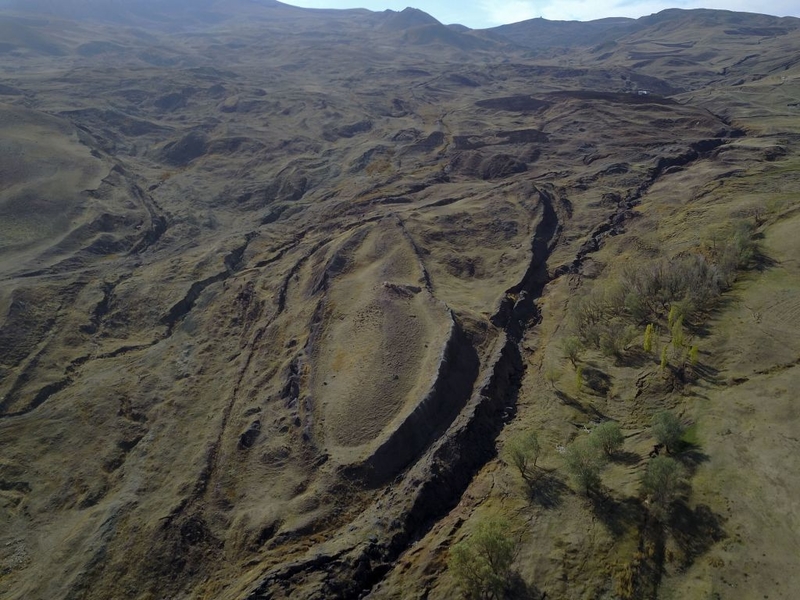
In 2010, a group of Chinses and Turkish evangelicals claimed to have found wooden artifacts that are likely to be ruins from the ark which would confirm, once and for all, the location of the historic ship. Had they found the breakthrough the world was looking for?
Sky View
Not long after the French explorer, Fernand Navarra, admitted to fabricating his findings, a helicopter pilot, George Greene took a shot at unveiling the whereabouts of the ark.

Greene claimed that he could see the ark from his helicopter ride above Ararat, and said it's fossilized in the side of a rock cliff about 13,000-14,000 ft above sea level. Apparently his sky view photos weren't convincing enough as he failed to gain investment for a proper expedition.
Symbolisms And Deeper Meaning
From a theologian’s perspective, one of the most intriguing details about the legend is that it appears to be a microcosm of creation.
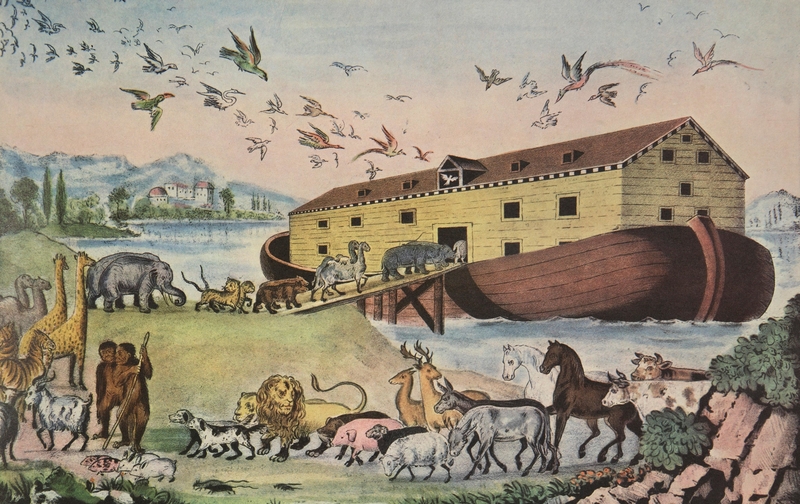
There were three decks on the ark, which may symbolize the three levels that Hebrews believed made up the world – the waters, the heavens, and the earth.
What Was It Made Of?
Another mystery surrounding Noah’s Ark regards the exact materials used to build such a structure. According to The King James Version of the Bible, the Ark was made of “gopher wood.”
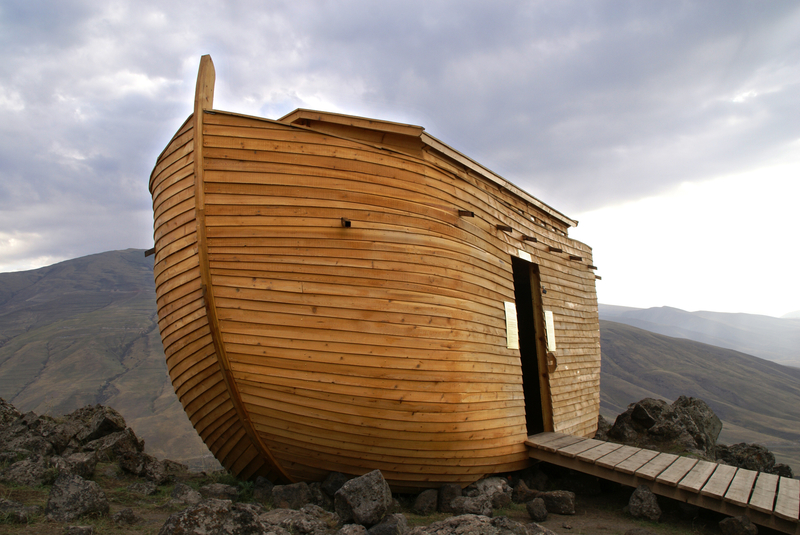
However, since there are no trees that go by the name "gopher" today, it's hard to verify. The New International Version of the Bible uses the term “cypress wood.”
How Many Were There?
Although it is commonly thought that Noah rescued two of each animal, the Bible states differently.

In one passage, it says “seven pairs of every kind of clean animal,” and “one pair of every kind of unclean animal,” and later “seven pairs of every kind of bird.” So, if you do the math, it may have actually been 14 of each animal.
That's A Lot Sheep?
Some experts believe that there were as many as 2.15 million sheep in the vessel. Naturally, most are skeptical about this outrageous number.

Considering al the other animals, and humans needed enough space to sleep, eat and, and just live during the time they spent on the ship. Other theorists speculate that the number of animals on the ship was closer to 16,000.
The Beloved Mountain
At 16,854 ft, Mount Ararat is the tallest peak in Turkey. Di you know that it's actually a dormant volcano?
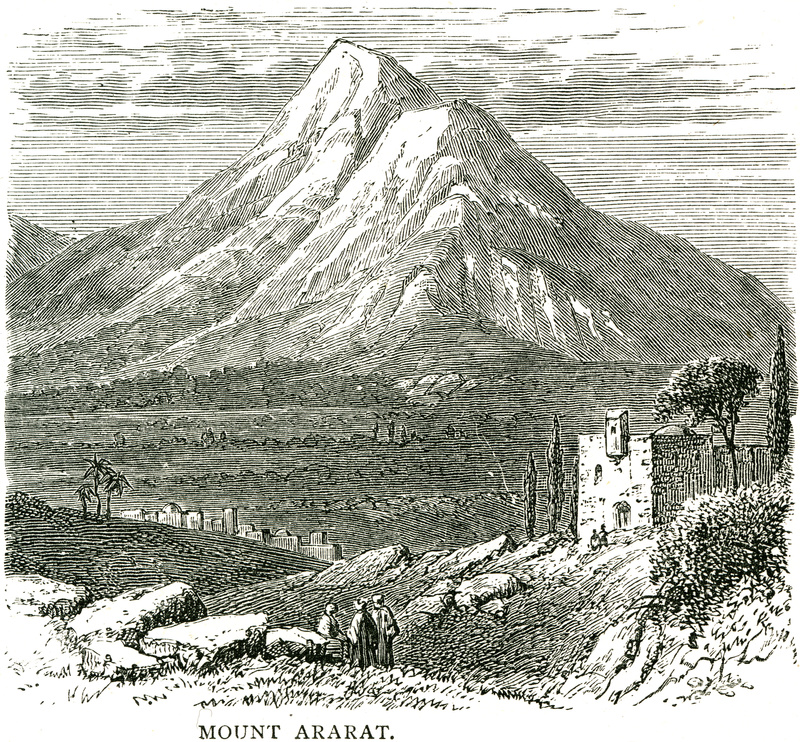
The site is considered very holy to Armenians because of its connection to Noah. Armenians love it so much that it is displayed on their coat of arms along with Noah’s Ark.
Could It Be In Amenia?
According to Josephus, a 1st-century Roman scholar theorized that the ‘mountains of Ararat’ are located in the area formerly known as Armenia.
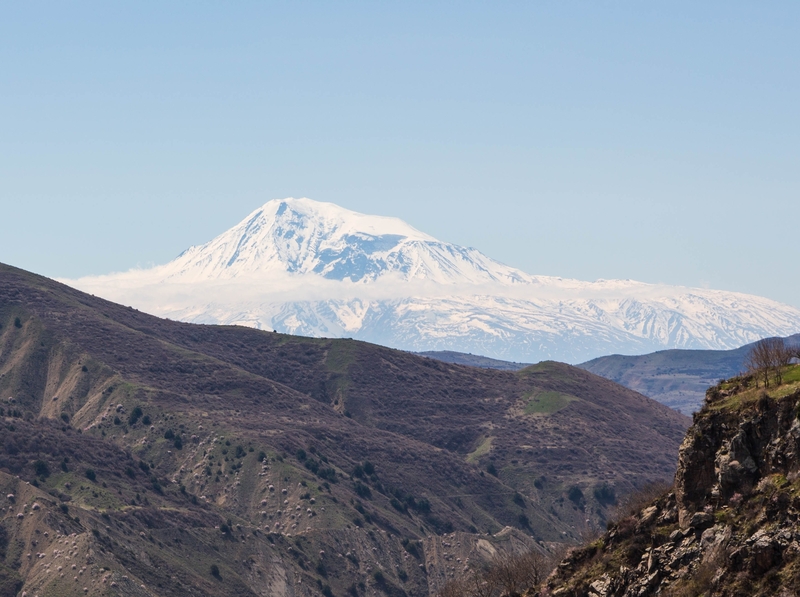
This account has been repeated numerous times by other scholars of the time from Hieronymus the Egyptian to Nicolaus of Damascus.
Marco Polo
The popular explorer, Marco Polo, who was known for his journeys into Asia, had his own theory about the whereabouts of the ark.

As he wrote in The Travels of Marco Polo, “In the heart of the Armenian mountain range, the mountain’s peak is shaped like a cube (or cup), on which Noah’s ark is said to have rested."
Some Things Don’t Add Up
Outside of the evangelical historians, one of the biggest issues behind Noah’s ark is the occurrence of a world-wide flood that has never been back by science.
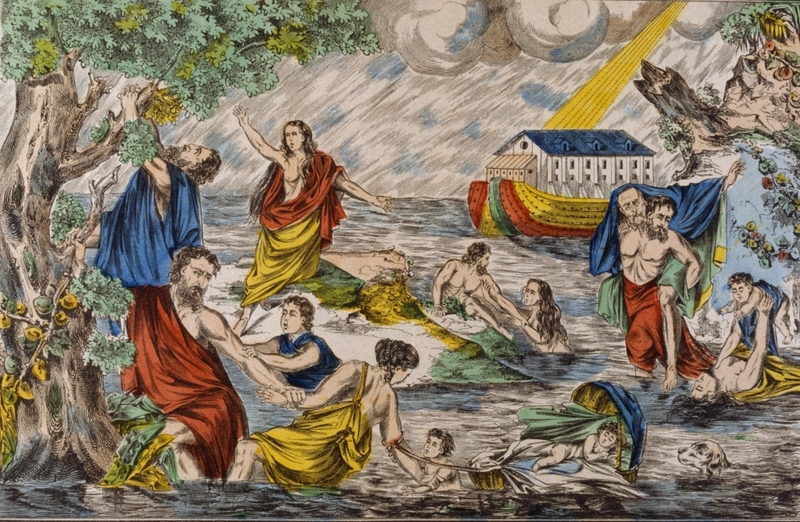
For a flood of that magnitude to take over the globe, there should be even the slightest evidence of its occurrence in the water levels in the soil.
DNA Evidence
In addition to the lack of geographical evidence, scientists question the flood myth because of a lack of DNA evidence as well.

If Noah and his family were the only survivors of the flood, then technically we should be able to trace DNA genealogy back to this one family over 4,600 years ago, considering that they were the ones who repopulated the earth.
Another Noah
History lovers certainly know about the Epic of Gilgamesh, the Mesopotamian epic poem. The Epic was recorded on 12 tablets, but two-thirds of the tablets have been recovered.

It tells the story of Gilgamesh on his journey to find eternal life, along the way he is told a story of the Great Flood. The flood in Gilgamesh’s story is oddly similar to the story of Noah’s ark.
A Cultural Phenomenon
Naturally, a story as compelling as Noah’s Ark was bound to be recreated in numerous artistic mediums. Some of the most recent iterations of the tale have become successful Hollywood movies.
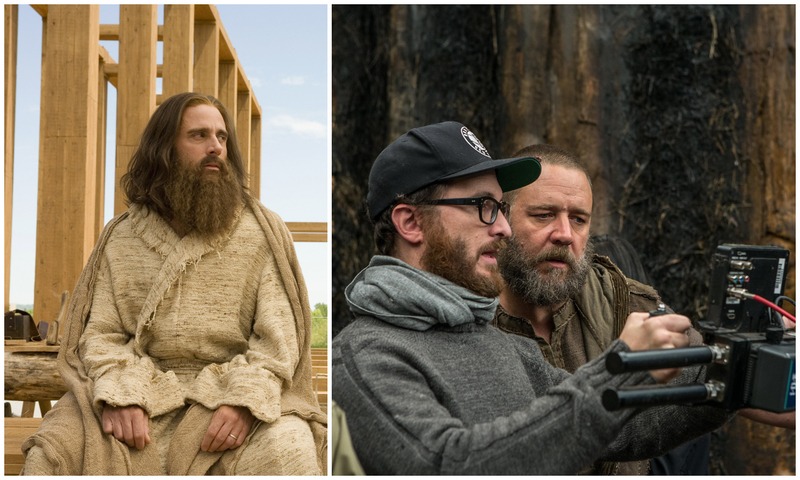
Darren Aronofsky, the director of Requiem for a Dream and Black Swan, made his own version of Noah's Ark, starring Russell Crowe starring as the Biblical character. Steve Carrell has also starred as a Noah-like character in the film Evan Almighty.
Reconstructing The Ark
Ark enthusiasts from around the globe have invested millions of dollars in building their own versions. Like this Dutch carpenter who built a life-size replica of the massive vessel and even plans to sail it to Israel.

His ark even includes its very own wooden animals, the carpenter told the Jewish Telegraphic Agency “My preferred destination for the ark is Israel.”
Another Ark Replica
Another Noah’s Ark replica was built by an Evangelical Christian group that spent a whopping $120 million in order to construct this colossal sea vessel which they call The Ark Encounter.
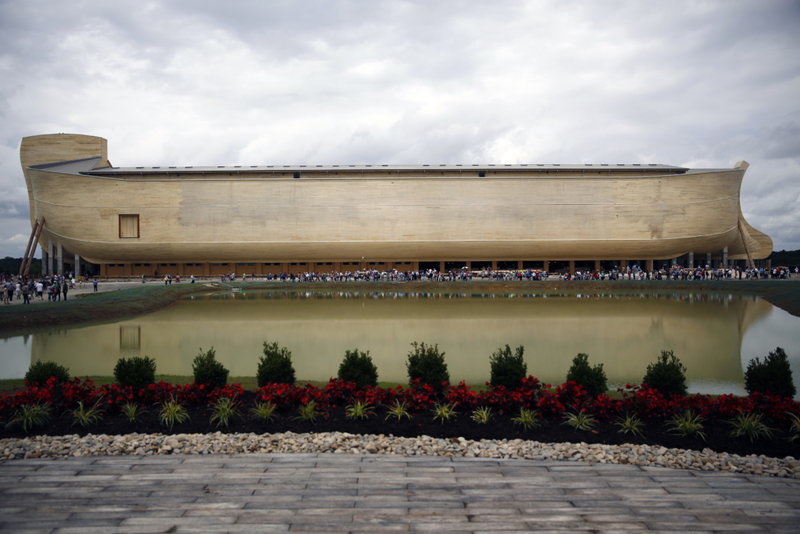
Which is essentially a theme park located in Grant County, Kentucky, and attracts curious visitors from around the country. And it seems like the people really love it, its reviews average at 4.5 on Tripadvisor!
Putting Their Brains Together
With so many inconsistencies in the story of Noah, it seems like we may never find out where the real ark landed after the flood. But it seems like there will always be enthusiasts out there willing to spend their time and resources until they found out.

The Geoscience Research Institute (GRI) put on a symposium on Mount Ararat to further the discussion. Over 100 scientists and researchers came together to combine their knowledge of the ark hoping to find an answer together.
And what About The Ice Age?
One of the most confusing conundrums about the biblical story is working out when exactly did it occur in the earth's timeline.
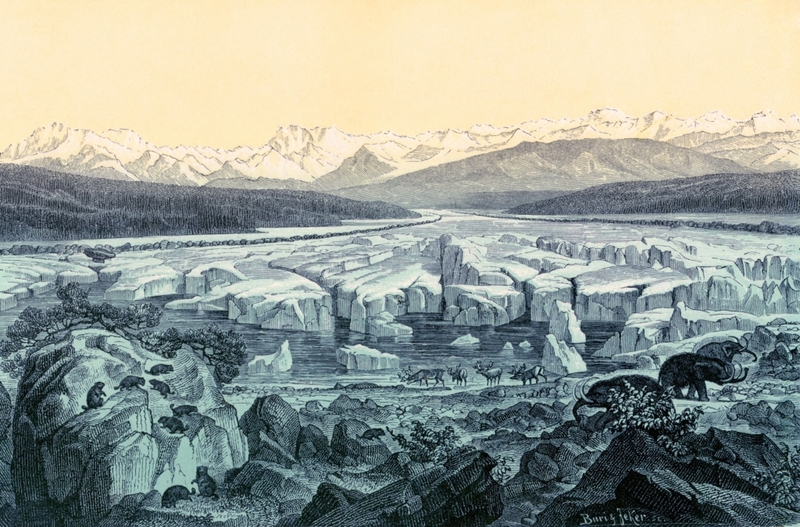
Considering that it supposedly happened around the time of the Ice Age. Could it be possible?
The Stories Don’t Match
Georgie Hagopian of Armenia claimed that he saw the ark as a young boy. However, his story had quite a few inconsistencies. Each time he told his story he gave a different year, he's said he's seen the ark in 1902, 1906, 1908, and 1910.
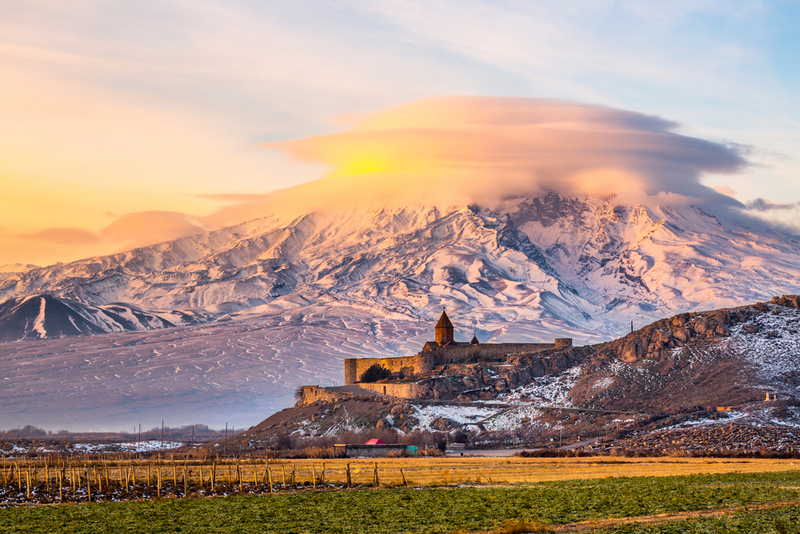
Which is it? Hagopian has even claimed to have climbed on the roof of the ark with his uncle. Naturally, many find the story hard to believe.
Before The Bible
Scholars are aware that the Bible is not the origin of the story of the flood.
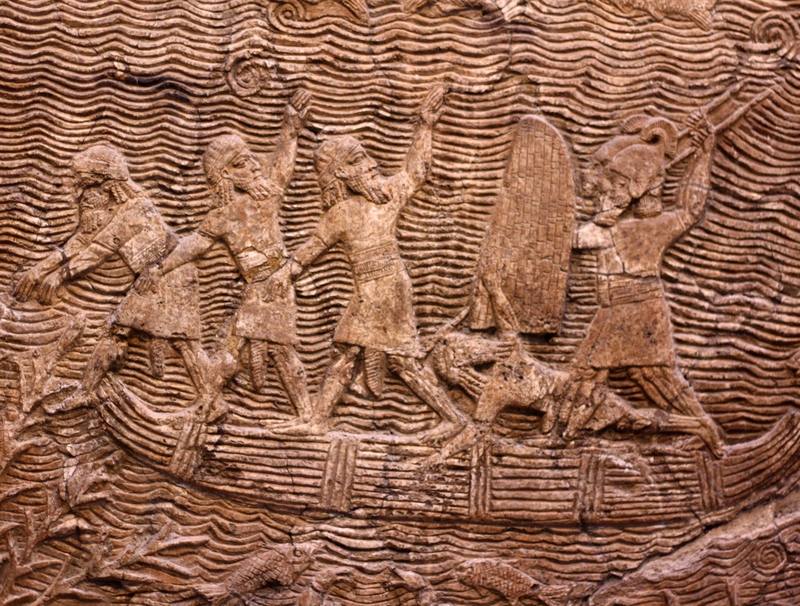
Most believe that it came from Mesopotamia, which modern-day Iraq and Iran, where there are 9(!) known versions of a massive global flood that destroys everything.
The Famous Biblical Story
Regardless of all of the question marks about the story’s accuracy, it's one of the most notorious tales.

According to the story God was fed up with the wickedness and corruption of the people that he decided to destroy the world, only sparing Noah, his family, and some animal species.
Old Meets New
Genesis states that Noah’s ark's final resting place to be the ‘mountains of Ararat.’
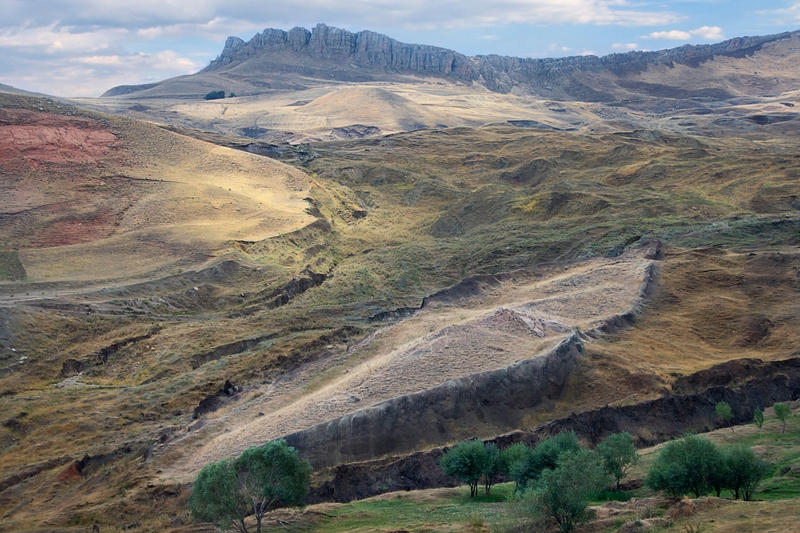
So, this leads many to believe that the ark should be found in the place that bears the same name today. Not a farfetched idea.
A Story Told By Many
The story of Noah and the ark has high significance in Jewish, Christian, Islam and Baha’i religions. There are many similarities between their versions of the tale, but interpretations have subtle differences among the different cultures.
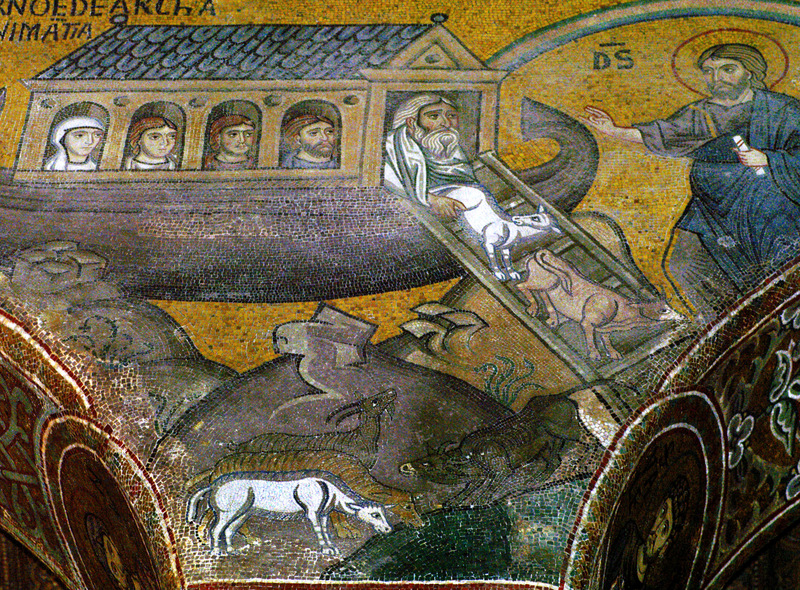
For example, Christian scholars compare Noah’s salvation to baptism, and Muslims believe that the ark was more like a traditional ship “shaped like a bird’s belly.” Baha’is on the other hand, consider the story to be purely symbolic.
Still Doesn't Add Up
One Oxford University lecturer in ancient history, Nicholas Purcell, has expressed his skepticism in regard to the tale.
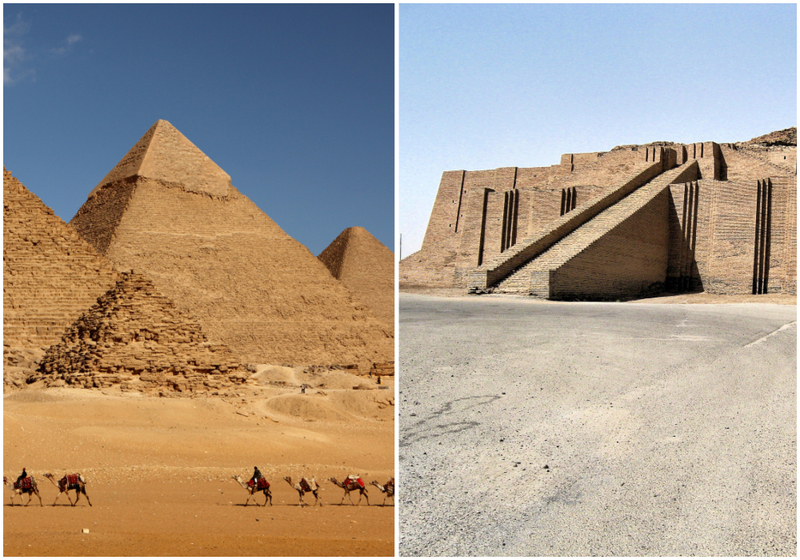
“If floodwaters covered Eurasia 12,000ft [3,700 meters] deep in 2,800BC, how did the complex societies of Egypt and Mesopotamia, already many centuries old, keep right on regardless?” he said. Good question.
Different Opinions
Dr. Snelling, who we've mentioned previously said that the biblical reference to the ‘mountains of Ararat’ suggests that the mountains formed well before the Flood ended.

The Flood would have been a global catastrophe that would have totally reshaped the earth’s geology and has continued to change over the course of time.
The Timeline Is Off
Dr. Snelling is pretty adamant that Mount Ararat couldn't possibly be the place where the ark docked. As he has stated again and again that the volcano which is now called Mount Ararat did not form until well after the floodwaters had retreated.
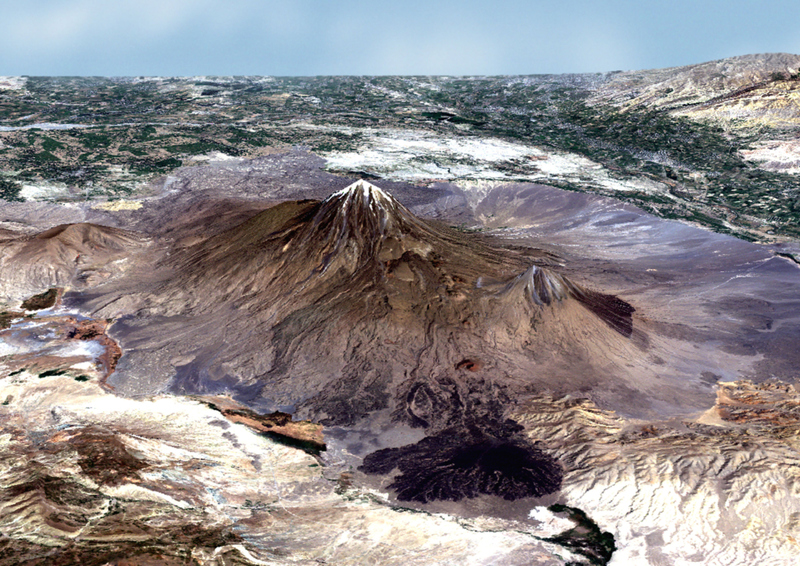
Furthermore, the evidence shows that the lavas and ash layers on Mount Ararat date back to the time of the post-Flood Ice Age.
There's Still Hope
With plenty of backlash from critics, one American researcher believes otherwise and insists that he has evidence of Noah’s ark on Mount Ararat.
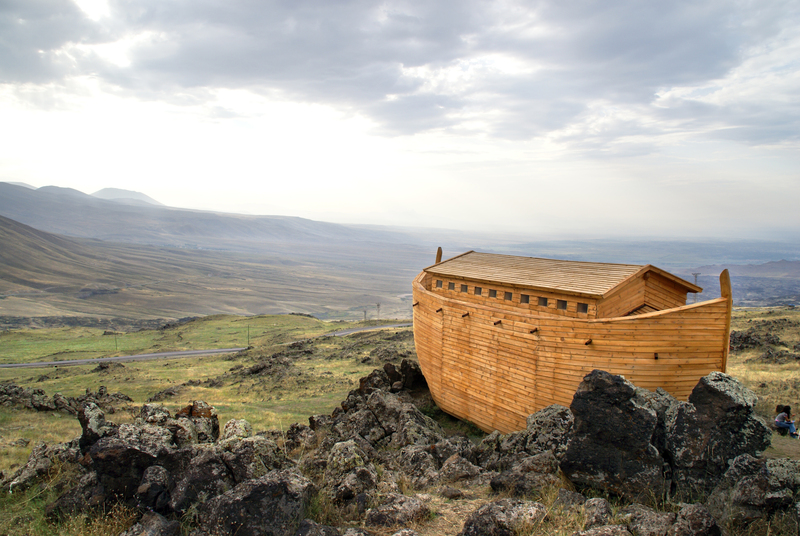
Professor Raul Esperante from California works with the Geoscience Research Institute in digging into this seemingly unsolvable question.
NAMI’s Claims
In April 2010, Man-Fai Yuen, a NAMI researcher, said that he and the search team had actually entered a wooden structure high on Ararat, and went on to describe the different spaces in the structure.
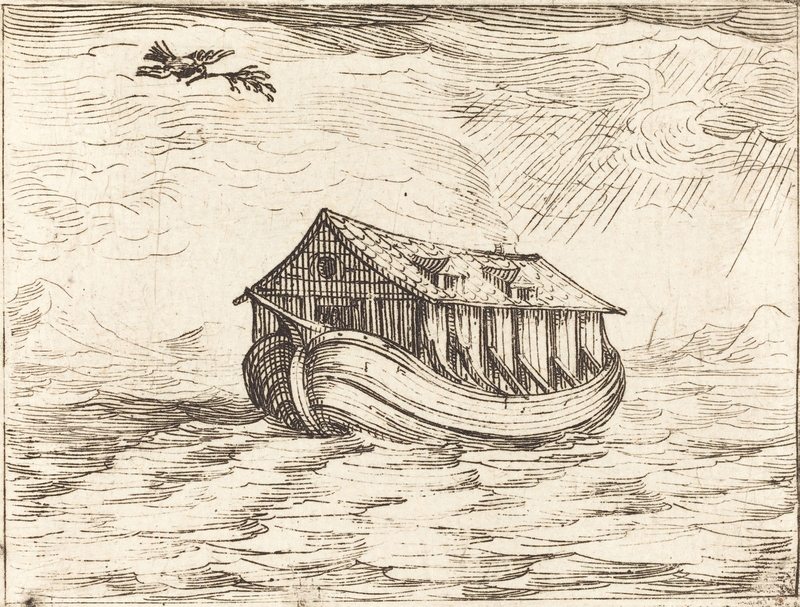
The researcher also claims that carbon dating puts the wood at 4,800 years old. Could they be on to something?
Confident Statements
NAMI stood by their discovery, Eung Wing-Cheung, a filmmaker who works with the organization, said, “It’s not 100 percent that it is Noah’s ark, but we think it is 99.9 percent that it is.”
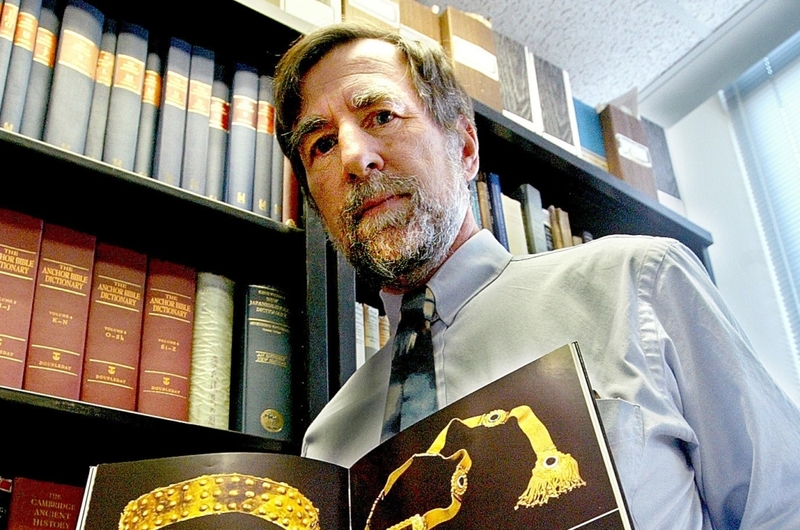
Paul Zimansky, a Middle East-specializing archaeologist of Stony Brook University, believes otherwise, and sarcastically replied: “I don’t know of any expedition that ever went looking for the ark and didn’t find it.”
Who Knows The Truth?
Esperante works steadfast to prove that Mount Ararat is in fact the true location of the ark, and NAMI’s findings as correct and hopes that rigorous and serious scientific work will be done in the area.

Once the scientific community has more conclusive data about the existence of Noah’s Ark in Mount Ararat, they can finally make it available to the general public.
Getting Closer And Closer
Although Esperante has yet to release his findings, he has begged the international community to invest in his research. If he and NAMI are correct, it could be one of the most fascinating discoveries since the Rosetta’s Stone.
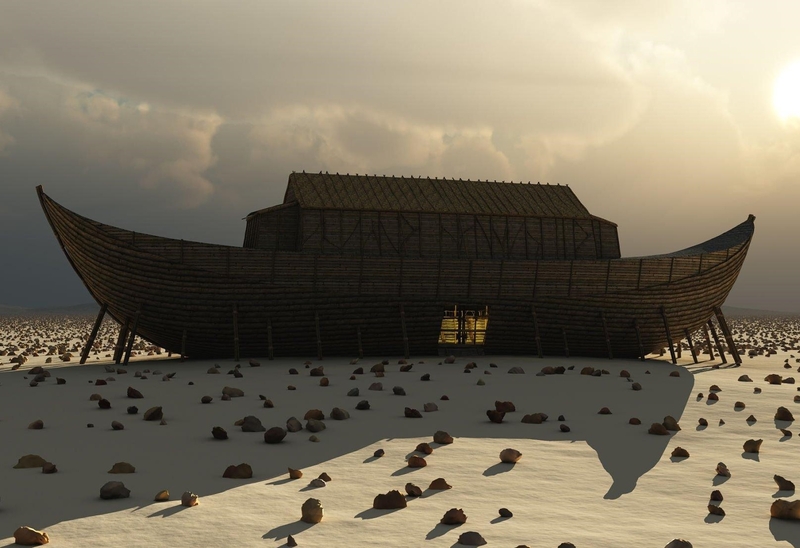
Most world’s scientific community doesn't see the importance in finding the arks resting place, but for other curious minds, this only adds fuel to their fire, they will continue to search for answers.
The Iraqi Connection
A new documentary has hinted that ruins in the Babylon Province in Iraq may be the site where the ark was constructed, and the many bricks match the descriptions of the Tower of Babel.
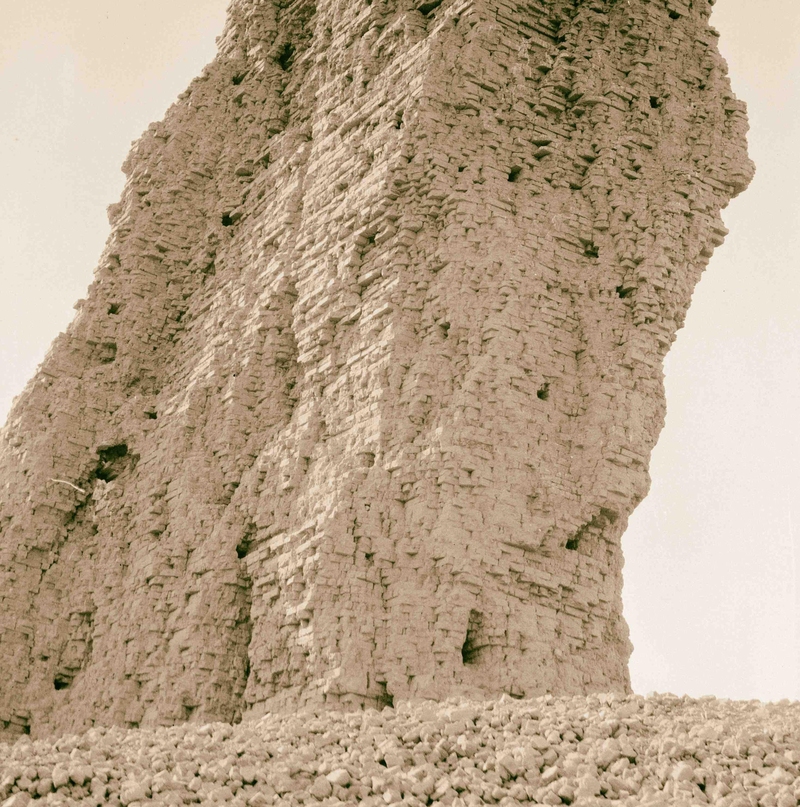
“A series of cylinders were found in Borshippa which pieced together a huge tower,” one of the narrator's thinks that they may be part of the Tower of Babel due to their massive size.
Have Ark Remains Been Found?
Another documentary revealed how Digital Globe, a space imagining company, had traveled to a Turkish mountain to take photos of what they believe are the remains of Noah’s Ark.
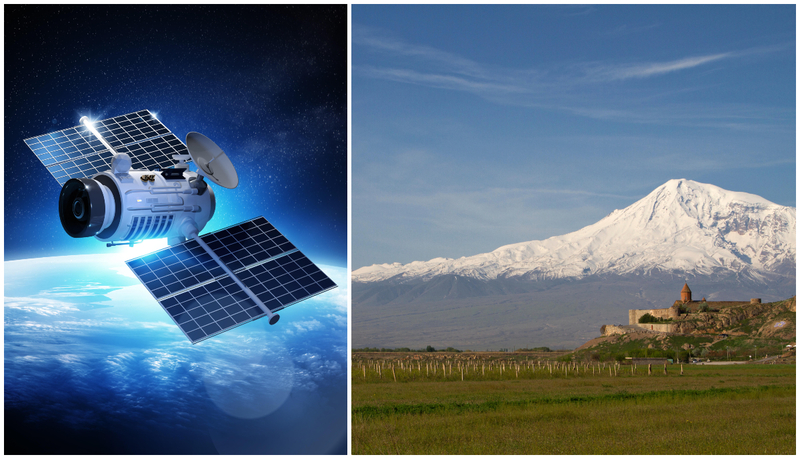
Once the exploration was complete, the researchers had some fascinating findings and space view images to share with the world from Mount Ararat.
Stunning Photos
Ever since the images were released, Professor Porcher Taylor of the University of Richmond has been convinced that they are reliable Biblical evidence.

He has stated that he has new-found optimism in this type of imagery,” and is calling it his "satellite archaeology project".